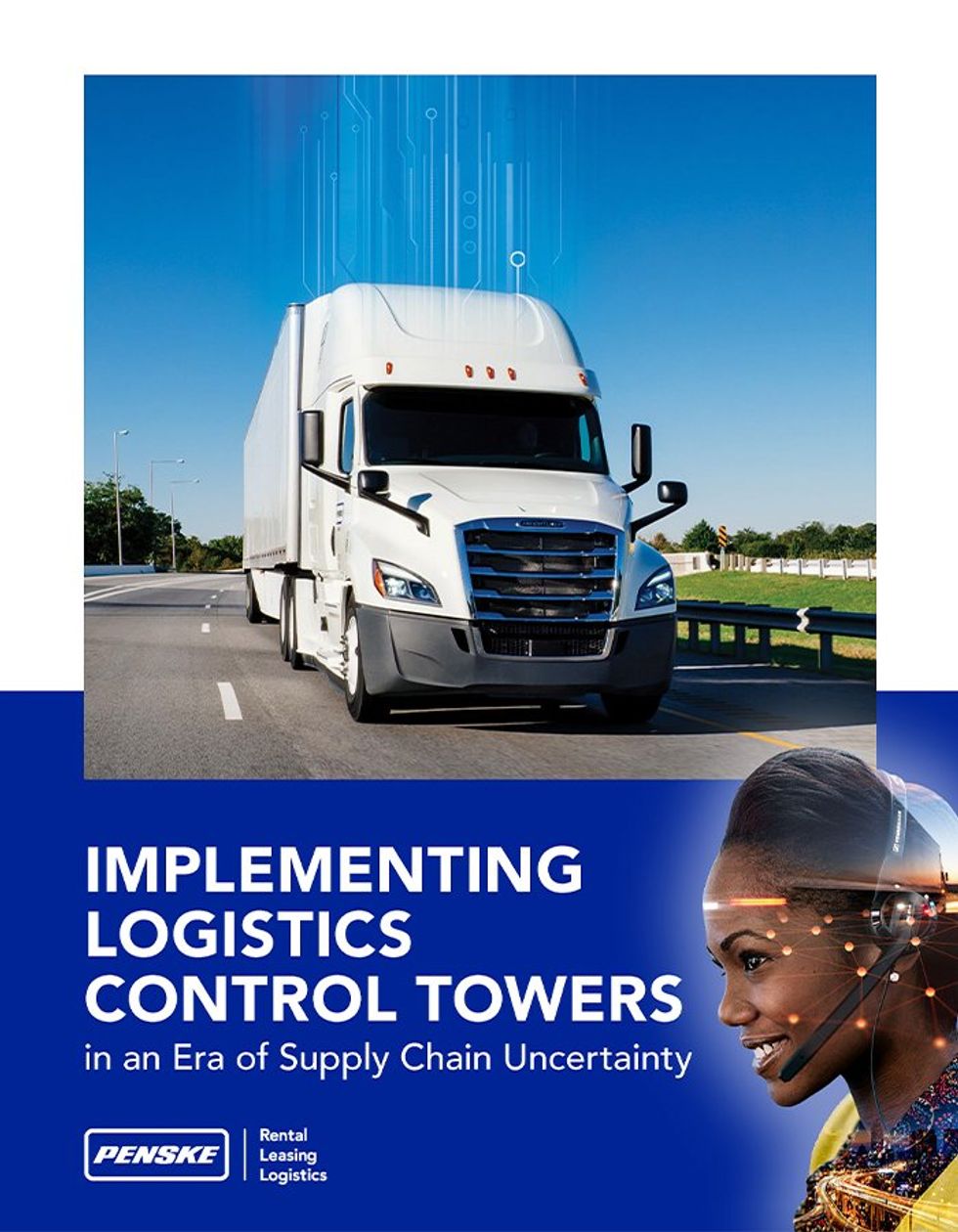Driving Growth with Supply Chain Sustainability
A recent check-in with a group of senior economists revealed that on the U.S. domestic front, the next several quarters will likely experience slow economic growth. Recession or not, the outlook isn’t for a high-octane economy.
Top shippers we’re speaking with, businesses whose product is offered in every zip code, seem to be singing a similar tune. Volumes are holding but the growth plans they envisioned for FY24 haven’t really materialized. When top shippers are simply “holding their own,” you can bet driving efficiency and cost controls are the order of the day.
At the same time, many companies maintain ambitious long-term sustainability goals. Can sustainability initiatives enliven your organization’s growth chart in a flattish economy? Considering the times, will sustainability efforts continue to be a focal point for these businesses? Can sustainability be synonymous with efficiency and growth? When it comes to supply chains, we think the answer is a resounding yes, and here are a few thoughts on a roadmap to get there.
Rethinking Logistics Network Design
Before getting into obvious areas such as transportation and warehousing, let’s start at the often-overlooked fundamental: network design.
Supply chain networks evolve over time and it’s no easy job to disrupt them. Has your supply chain experienced mergers, acquisitions, divestitures, new market expansions or hasty market retreats? Each modification brings a new set of inefficiencies and potential increases or decreases to the sustainability and efficiency of your supply chains.
Networks and network design hold the keys to an important equation when it comes to sustainability and efficiency. And it’s a simple key: the ton-mile equation. What tools does your team utilize to evaluate alternative network designs? How would you characterize the depth and experience of those utilizing the tools to evaluate the vital “what-if” questions that matter in your supply chain?
- How will procurement decisions or changing suppliers impact the supply chain’s carbon footprint?
- How will changing customer commitments such as frequency of delivery or order size minimums change execution requirements for your supply chain teams?
- Are you capable of both reducing the carbon footprint in your network by also paying attention to the tons-per-mile equation in your supply chain?
There’s no time like the present to get your business and its supply chain on-track for future growth and improved sustainability.
Transportation Contemplation
If you are serving virtually every zip code with products, then you know density matters. How are you navigating those portions of your network where your density of delivery lags behind your major markets? Are you leveraging shared transport arrangements to serve your less dense markets more efficiently, and more sustainably? For that matter, where do you stand on the transportation basics:
- Do you measure the cube utilization in trailers moving your products?
- Can you move the same volume in less trailer loads?
- How are you handling returns and dunnage?
- Are these separate transport moves or are they integrated into your sustainable transportation planning?
Once you cover the fundamentals, look deeper at using technology and artificial intelligence to help further optimize routes, loads, and fleet performance to further reduce costs and calculate carbon savings achieved using the scenarios modeled.
Facilities Capabilities
Movement within warehouses can be optimized on a dynamic basis. Beyond daily execution and process management in your buildings, who owns your slotting strategy? How often are your teams reevaluating and optimizing slotting? At least seasonally? Let’s examine a couple of more areas of opportunity:
- Yard Management: Is the movement of trailers in your yards fully optimized? Have you deployed software to track the movement of trailers? Do you know what’s on your yard at any given moment? It’s an easy way to minimize carbon footprint, with obvious contributions to operating efficiency and cost management.
- Energy Consumption: When was the last time you truly evaluated the energy use of your warehouse facilities? Are there now opportunities for rooftop solar, efficient LED lighting, refrigeration system improvements, carbon offsets, green power procurement and fundamentals, such as insulation, proper door closures, temperature curtain replacements, EV charging stations and more?
- Grants and Incentives: Have you explored various grants or tax incentive programs to improve your energy efficiency and reduce carbon emissions?
Final Thoughts
We think modern supply chain management techniques offer a myriad of ways of reducing carbon footprint, while directly equating to cost management and efficiency in operations. Give us a shout at Penske Logistics, we’d be happy to help you think through these issues and bring some of these concepts to life with case studies and successes of our own, supporting the sustainability needs of our customers and our own businesses.
By Andy Moses


